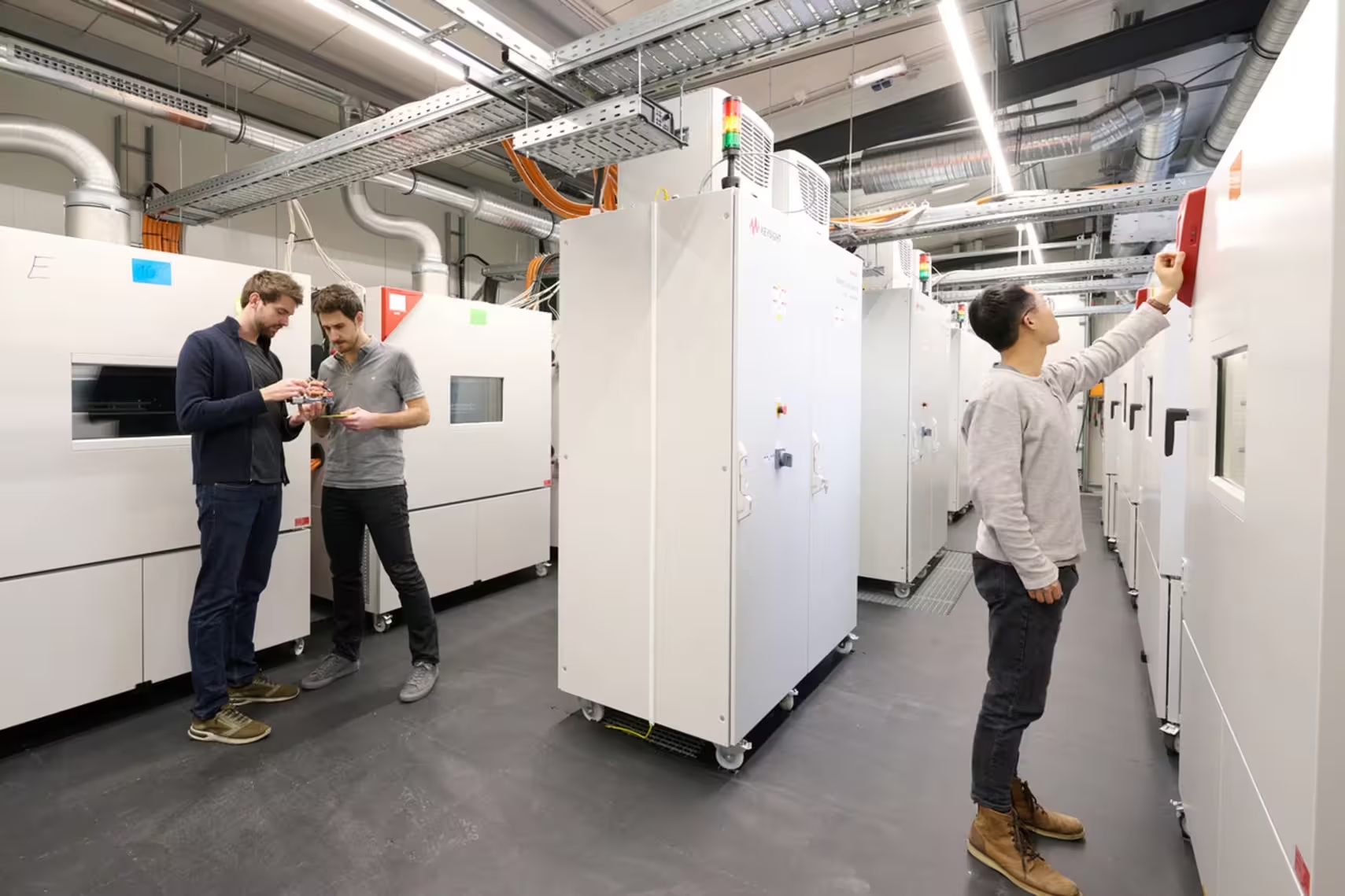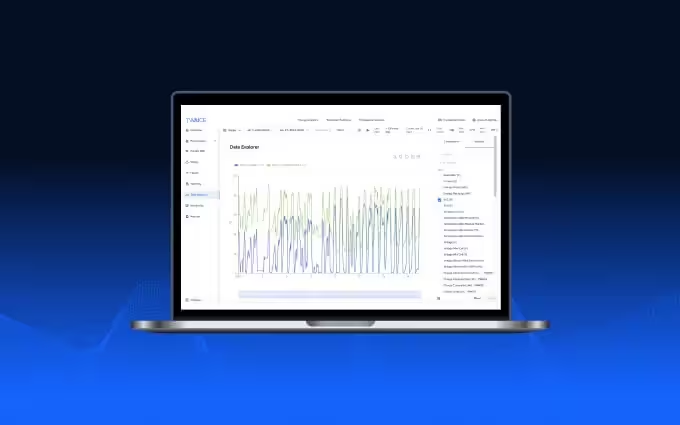A New Generation of Aging Models for Lithium-Ion Batteries
The latest version of the TWAICE simulation model, Version 9, introduces the first steps towards a new generation of battery simulation models: The physics-motivated semi-empirical aging models.

A New Generation of Aging Models for Lithium-Ion Batteries
The ongoing global energy transition, driven by the dual imperatives of environmental sustainability and economic efficiency, has catalyzed the rise of two essential fields: electric vehicles (EVs) and energy storage systems (ESS). At the heart of these innovative technologies lies an essential component — the battery system. Its performance, efficiency, and longevity significantly impact the overall functionality and viability of both EVs and ESS.
Over the last years, scientists have invested a lot of time and resources to optimize semi-empirical, physico-chemical, and data-driven simulation models. All of them show different challenges and limitations. To overcome this dead end, scientists and engineers combine physicochemical-mechanical degradation effects and integrate them into (semi)-empirical as well as data-driven approaches. We call this combination physics-motivated semi-empirical aging models.
The whitepaper covers the following topics:
- The new TWAICE simulation model portfolio: base model, customized base model, premium model
- The new generation of physics-motivated semi-empirical aging models: OCV aging, degradation modes, understanding the accuracy of models, simulation of swelling force
- Vision and outlook
Sign up for the next live group demo and learn how TWAICE can transform your BESS operations. In just 30 minutes, you’ll get a demo of key features and use cases, and engage with our product experts for a live Q&A.



.avif)
.avif)
